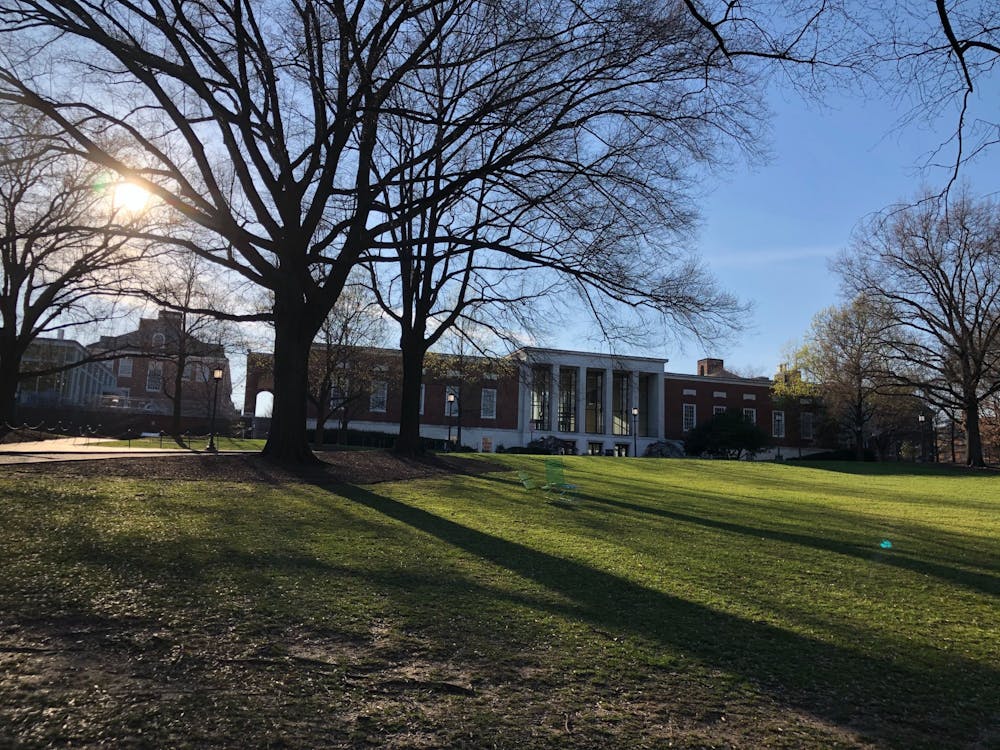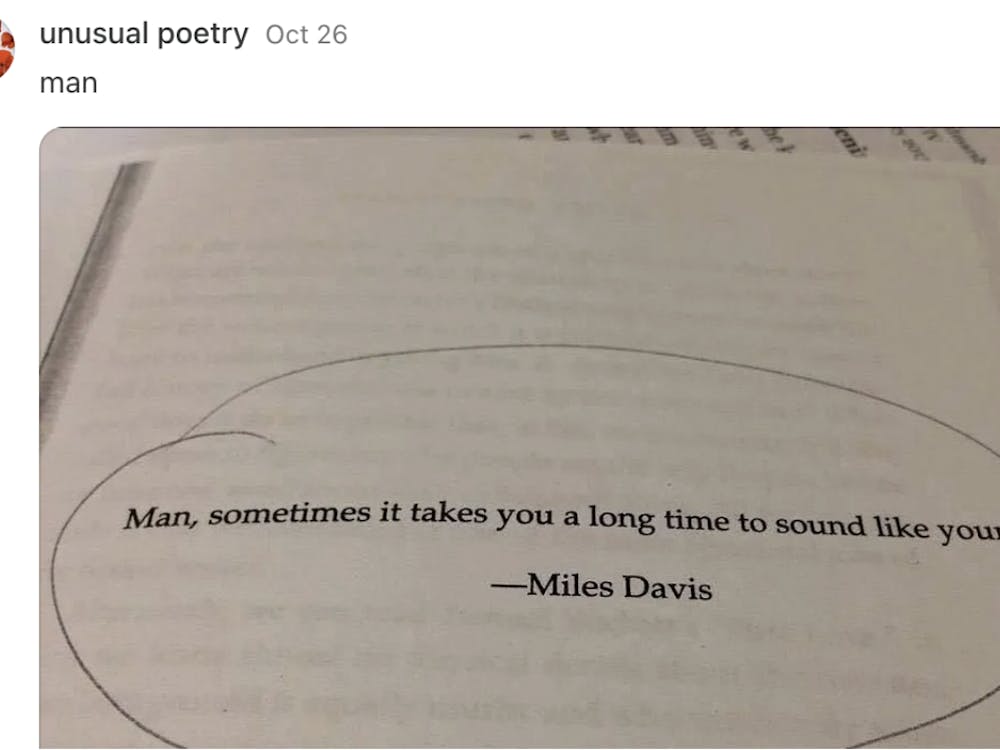With students stuck in quarantine and living in limbo during this coronavirus pandemic, many of us have been wondering: How will remote education work moving forward? As President Christina Paxson of Brown University argued in the New York Times, college campuses across the U.S. should reopen in the fall — but what that will look like remains up in the air.
Hopkins has recently reassured us that it “will be open for some form of both academic instruction and student life,” though a later email clarified that the “return to campus has not been made or finalized.” However, one thing that the University is certain of is that “all or most courses will be available in online or virtual modalities.” It is in this vein that I would like to discuss how Hopkins should conduct online learning moving forward.
Over the past few months, the University has taken great measures to gather potential solutions and ideas for online education, organizing an educational hackathon as well as setting up several advisory bodies that actively gather student input. As a senator in the Student Government Association (SGA), I have had the privilege to be a part of many of these dialogues. However, as of now uncertainty continues to linger, and much of the proposals are scattered with drastically different outcomes and implications.
One proposal discussed early on is that we focus primarily on asynchronous online lessons that would be accessible to students from different backgrounds across various time zones. In this scenario, faculty would work closely with the Center for Educational Resources to produce high-quality videos that students could watch at their own pace.
This is an attractive approach because students would have the flexibility to adapt their learning to fit the unique circumstances that they are in. Student engagement would therefore be limited to asynchronous online platforms, such as discussion boards on Blackboard or the occasional optional Zoom meeting with a teaching assistant.
However, while this scenario might seem attractive at first, it undermines the Hopkins experience that students value most: connection to the community. As a student representative, I have had the opportunity to talk to many of my peers regarding online education potentially continuing as per the current status quo into the fall. Many of them responded with overwhelming distress.
While the universal pass/fail grading system temporarily alleviated many students' stress over their academics, students nonetheless feel that the quality of online education is subpar to in-person classes on campus and cannot be the new normal moving forward. In fact, some students confessed to considering taking a leave of absence if Hopkins continues with the current online format adopted this spring.
The reality is that large asynchronous online courses would make it even more challenging for isolated students to stay connected and motivated to learn. This has also yet to take into account students being expected to pay full tuition for an online education, many of whom feel that it is unfair given the scaled-back resources. Therefore, radical measures need to be taken.
The University should focus on finding more ways to build small, tight-knit communities that would foster strong interpersonal relationships. Rather than emphasizing solely the flexibility of learning alone, Hopkins should explore new ways to help students bond. For example, Hopkins could significantly expand existing programs like Peer-Led Team Learning (PILOT) and Study Consulting. This would encourage greater peer mentorship while simultaneously creating more work-study opportunities. This would help alleviate the burden for students facing challenging financial situations and supplement lost on-campus jobs.
Another idea would be to drastically increase the number of design teams for engineering students, as they would share a common purpose and a drive to solve real-world issues. Humanities students could rip a page from Fraternity and Sorority Life by adapting big/little models, giving students a sense of belonging and an alternative way to connect outside of classes. This would also allow students to take advantage of lessons learned from beyond the classroom setting, providing them with more opportunities to develop critical leadership skills and redefine student life in their own creative ways.
Yet, we must acknowledge that these changes will be difficult and challenging. The biggest obstacle that lies ahead for Hopkins is finding creative solutions to help students connect on a deeper and more meaningful level. This would involve gathering more targeted opinions from PILOT leaders, academic consultants and student organization leaders, especially large cultural groups that have been so direly affected by the current situation.
More importantly, Hopkins will have to internalize this paradigm to groom a new cohort of peer leaders and mentors. It will have to provide more structural and formal support to incentivize students to become effective aids. For example, mentorship credits could be offered, and a new class could be created in the Center for Leadership Education to develop students’ critical teaching skills.
Faculty should also be made aware of this paradigm shift: the need to foster more student-peer interactions. I have already had several productive conversations with professors on how they could set up peer mentorship networks. One professor, for example, is planning to pair up high-performing students with struggling peers after the first midterm, with the incentive of additional class credit.
Now, it is not to say that asynchronous lectures are fundamentally terrible and that we should abandon them completely. The flexibility that they will provide has many merits. Rather, Hopkins needs to emphasize creating small interpersonal communities that would help distinguish itself from the casual online courses of its peer institutions. Only then will students feel connected while allowing Hopkins to connect back to its roots: the small seminar modality that distinguished it from its peers when it was founded more than a century ago. And to paraphrase former University President Daniel Coit Gilman, “Build people, not buildings.”
Chinat Yu is a rising sophomore majoring in Computer Science from Hong Kong, China. He currently serves on SGA as a sophomore class senator.





